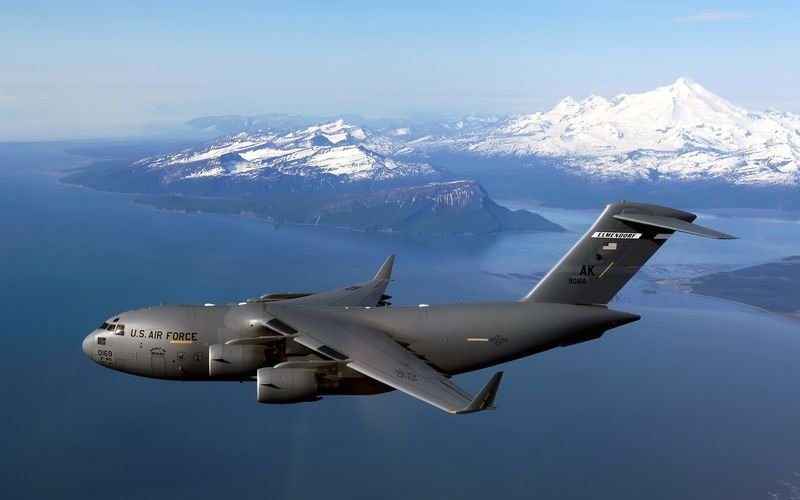|
|
Aircraft Vehicle
|
Compound rotorcraft have wings which provide some or all of the lift in forward flight. Compound helicopters and compound autogyros have been built, and some forms of gyroplane may be referred to as compound gyroplanes. They are nowadays classified as powered lift types and not as rotorcraft. Tiltrotor aircraft (such as the V-22 Osprey) have their rotors horizontal for vertical flight, and pivot the rotors vertically like a propeller for forward flight. The Coleopter had a cylindrical wing forming a duct around the rotor. On the ground it sat on its tail, and took off and landed vertically like a helicopter. The whole aircraft would then have tilted forward to fly as a propeller-driven fixed-wing aircraft using the duct as a wing (though this transition was never achieved in practice.)
Some rotorcraft have reaction-powered rotors with gas jets at the tips, but most have one or more lift rotors powered from engine-driven shafts.
• Other methods of lift
- A lifting body is the opposite of a flying wing. In this configuration the aircraft body is shaped to produce lift. If there are any wings, they are too small to provide significant lift and are used only for stability and control. Lifting bodies are not efficient: they suffer from high drag, and must also travel at high speed to generate enough lift to fly. Many of the research prototypes, such as the Martin-Marietta X-24, which led up to the Space Shuttle were lifting bodies (though the shuttle itself is not), and some supersonic missiles obtain lift from the airflow over a tubular body. The flat bodies of recent jet fighters also produce lift, as in the F-14 Tomcat's "pancake".
|
|









